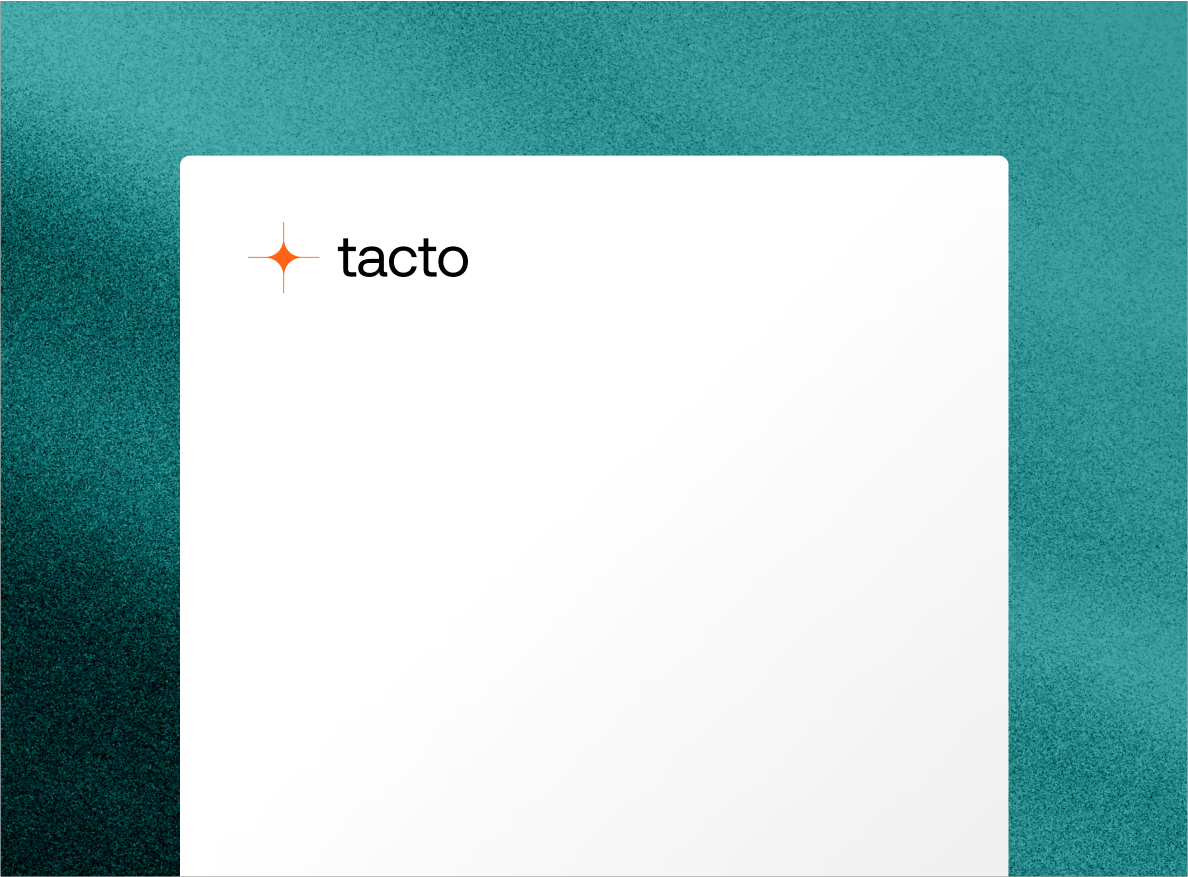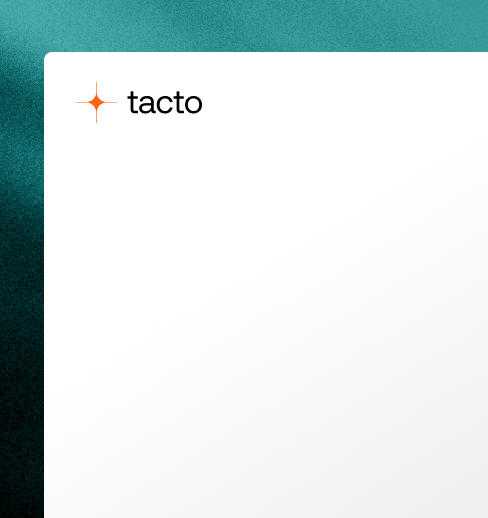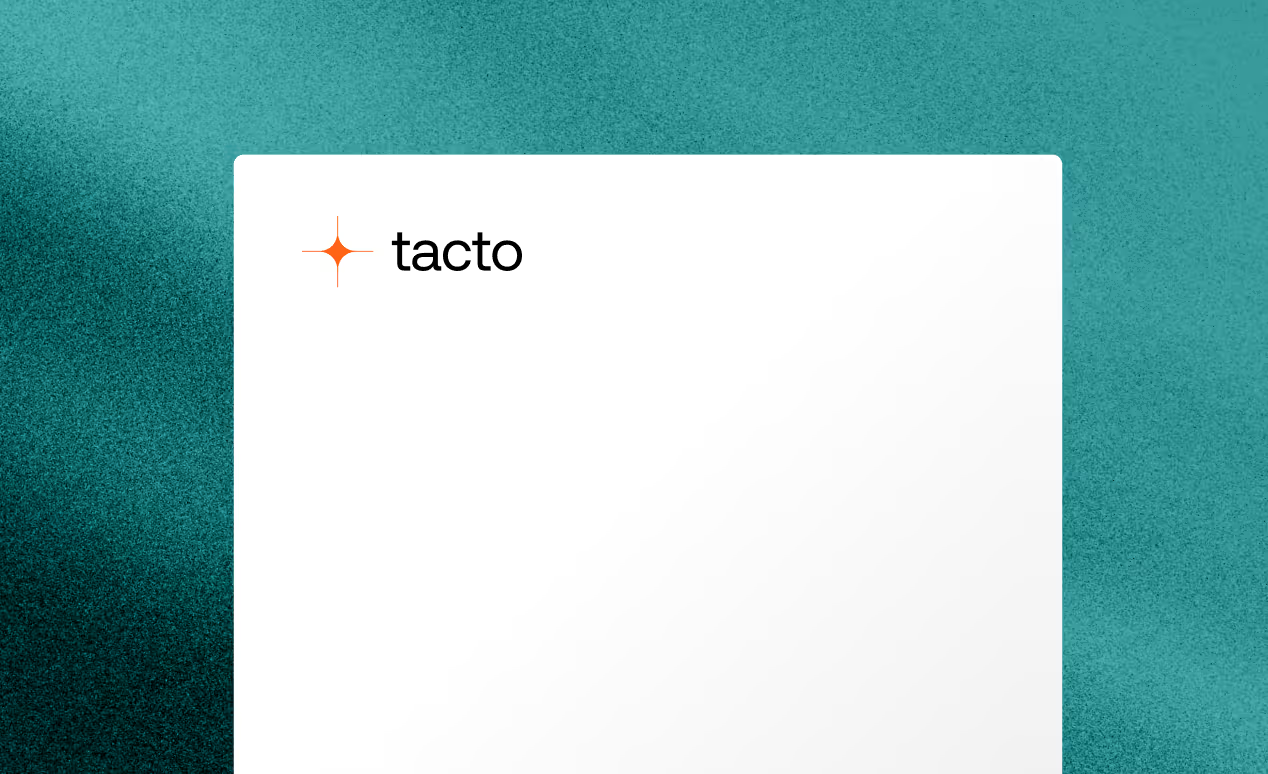Procurement Glossary
Incoming invoice: definition & important aspects for purchasers
The professional processing of incoming invoices forms the foundation for efficient business processes and legally compliant accounting. In this structured overview, you will learn how Procurement saves time and creates cost transparency through optimized invoice verification and approval.
Incoming invoice to the point:
An incoming invoice is a document issued by the supplier that details the payment claim for goods delivered or services rendered. For Procurement , it is a central element of invoice verification and serves as the basis for checking prices, quantities and conditions as well as ensuring correct payments.
Example: An automotive supplier receives an incoming invoice for EUR 25,000 for 1,000 metal components, which is checked within 3 working days against the delivery bill, the order and the agreed conditions (2% discount for payment within 14 days) and approved for payment.
Introduction to purchasing controlling: Incoming invoice
The incoming invoice is a fundamental element in business accounting and plays a central role in the financial accounting of companies. It documents the receipt of goods or services and the associated payment obligations to suppliers. The correct handling of incoming invoices is not only important from an accounting perspective, but is also crucial for liquidity planning, controlling and tax compliance. In this guide, you will learn all the important aspects of processing, checking and posting incoming invoices as well as the legal requirements and modern digital processing options.
What is an incoming invoice?
An incoming invoice is a document that a company receives from a supplier management or service provider after a product has been delivered or a service has been provided. It serves as an official request for payment and contains detailed information about the delivered products or services, prices, quantities and payment terms. The incoming invoice is essential for accounting, as it forms the basis for recording liabilities and preparing for payment.
Core elements of an incoming invoice
Importance of the incoming invoice in Procurement
The incoming invoice is a central element in the procurement process, as it represents the conclusion of a purchase. It enables Procurement to compare the services actually received with the original orders and identify discrepancies. Careful checking of incoming invoices contributes to cost transparency and prevents double payments or errors. It also influences liquidity management by controlling the timing of payments and taking advantage of possible discounts.
Incoming invoices: from manual checking to automated invoice processing
The processing of incoming invoices plays a crucial role in the financial health of a company. Based on the theoretical importance of incoming invoices for accounting and financial management, it is essential to establish efficient processes in practice. Traditionally, invoices have been checked and processed manually, which is time-consuming and error-prone. The need for a transformation to automated solutions arises from the increasing volume of invoices and the need for faster, more accurate processes.
Old: Manual invoice verification
Traditional approach: In many companies, incoming invoices are still processed manually. The process begins with the receipt of paper documents, followed by manual data entry into the document verification system. Employees check each invoice individually for accuracy, compare it with orders and delivery bills and then pass it on for approval. This process is labour-intensive and harbours risks such as typing errors, delays due to internal mail routes and a lack of standardization. In addition, manual filing makes it difficult to research and evaluate invoice data at a later date.
New: Automated Invoice Processing
Automated Invoice Processing: Modern companies rely on automated solutions for processing incoming invoices. By using Optical Character Recognition (OCR) and AI in Procurement, invoices are captured digitally and relevant data is extracted automatically. The software compares invoice data directly with orders and goods receipts in the ERP system. Discrepancies are automatically detected and forwarded to the relevant departments for clarification. This innovation leads to a drastic reduction in processing times, minimizes errors and provides real-time insight into outstanding liabilities. It also improves liquidity planning by identifying payment dates and discount periods at an early stage.
Practical example: Automated invoice processing in a retail company
A leading retail company with an annual invoice volume of over 100,000 documents implemented an automated solution for processing incoming invoices. By using OCR technology and intelligent workflows, the average processing time per invoice was reduced from 10 minutes to 2 minutes. The error rate during data entry fell by 85% and the company was able to generate additional cash discount income of 250,000 euros per year. Transparency in the process also improved, leading to more efficient audits and a stronger negotiating position with suppliers.
Conclusion on the incoming invoice
The efficient processing of incoming invoices is a key success factor in the modern procurement process. By combining standardized checking routines, digital technologies and strategic process optimization, companies can not only better manage their liquidity, but also reduce costs and meet compliance requirements. The trend towards digitalization and AI-supported automation will continue to revolutionize invoice verification and open up new efficiency potential.





.png)
.png)
%20%E2%80%93%20Jakob%2C%20Ines.png)
%20%E2%80%93%20Jan%2C%20Jacob.png)
.png)
.png)


.png)
